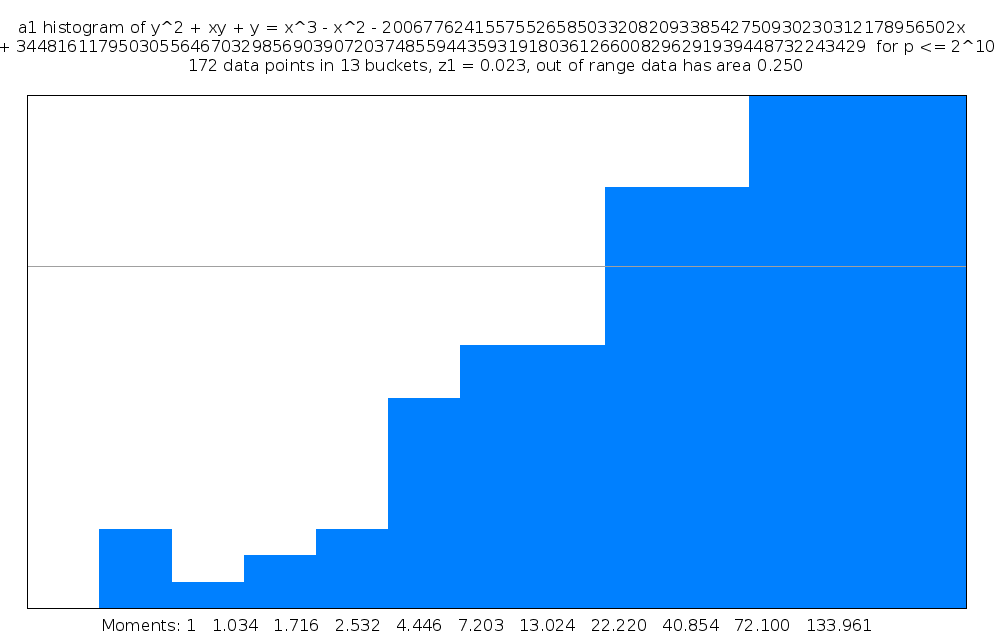Simons Collaboration on Arithmetic Geometry, Number Theory, and Computation
Scientific objectives

Our common perspective is that advances in computational techniques accelerate research in arithmetic geometry and number theory, both as a source of data and examples, and as an impetus for effective results. The dynamic interplay between experiment, theory, and computation has historically played a pivotal role in the development of number theory. In the 18th and 19th centuries Euler and Gauss undertook extensive calculations by hand in the pursuit of data to help formulate and refine conjectures, and as a source of counter examples. In the 20th century systematic computations of elliptic curves and their L-functions led to the formulation of the Sato-Tate and modularity conjectures, both of which have now been proved, and the conjecture of Birch and Swinnerton-Dyer, which remains open but has been proved in some special cases.
In the 21st century the frontier of research in arithmetic geometry has moved on to curves of higher genus, abelian varieties, and K3 surfaces. Although available computational resources have grown dramatically, the development and implementation of practical algorithms has lagged behind the theory; we seek to correct this imbalance. In contrast to the situation with elliptic curves, in higher dimensions brute force computation yields very little. To obtain practical algorithms one must exploit the theoretical infrastructure of modern arithmetic geometry.